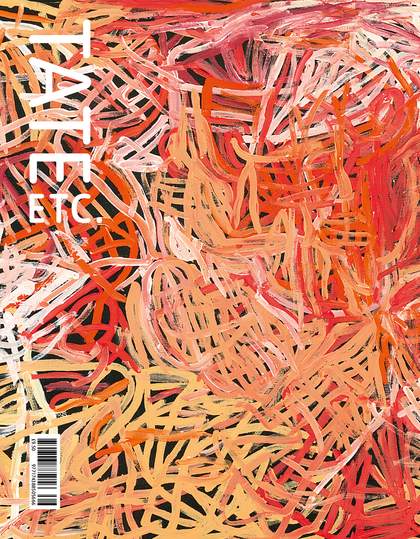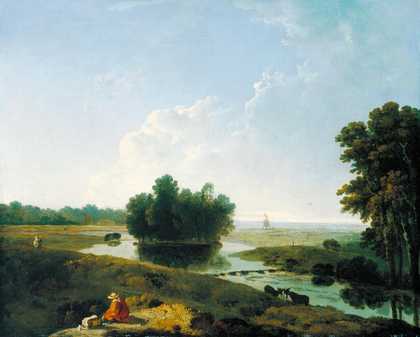Editors' Letter
There are few artists for whom art and place are so essentially interconnected as Emily Kam Kngwarray. Born in Alhalker Country in the Sandover Plains of Central Australia, Kngwarray’s life encompasses some of the most dramatic changes faced by Aboriginal peoples from Australia in the 20th century. Her focus, however, remained constant.
Pick any Kngwarray artwork on display at É«¿Ø´«Ã½ this summer and you are likely to see, carefully encoded, the ribcages of ankerr (emus), delicate strands of perennial grasses, the seedpods of the pencil yam, kam, after which Kngwarray herself was named: ‘I paint my plant, the one I am named after – those seeds I am named after. Kam is its name. Kam... I am Kam! I keep on painting the place that belongs to me.’
Meanwhile, Edward Burra, often considered a resident of Rye, East Sussex, lived a life of peripatetic adventure, capturing in vivid watercolours the Roaring Twenties in London and New York, religious rites in Mexico and the horrors of the Civil War in Spain. Throughout, as artist John Stezaker writes, he clung to painting’s ability to ‘create a space for his own imaginary escape’.
Elsewhere, six contemporary artists explore the art of Ithell Colquhoun, who believed that places hold a mystical charge; Zakia Sewell prepares a mix inspired by Hounslow Heath; Liliane Lijn designs the New York of her dreams; and Patrick Joyce contemplates Josef Koudelka’s photographs of a fading world.
Some stories are best told through the spirit of a place. Or, as curator Kelli Cole says: ‘in the language of the Country itself, a language spoken in the rustle of the wind, the texture of the rocks, the shifting lights.’
Wish you were here, Tate Etc.



